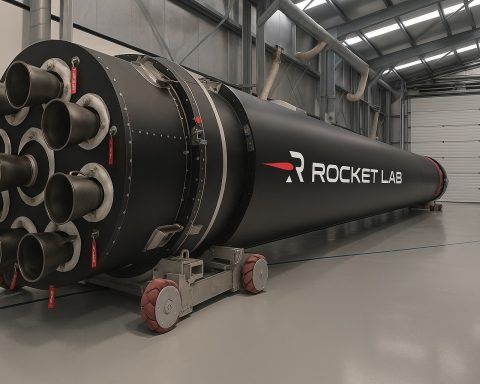
Kaltura (KLTR) soars as Q3 beats, $27M eSelf.ai deal lands, and 14.4M-share buyback headlines — Nov. 11, 2025
What’s new today (Nov. 11, 2025) Shares surge after Q3 + AI deal headlines. KLTR is one of today’s bigger software movers. Benzinga’s pre‑market screen flagged KLTR up ~26.5% to $1.86 before the bell following last night’s results and acquisition










